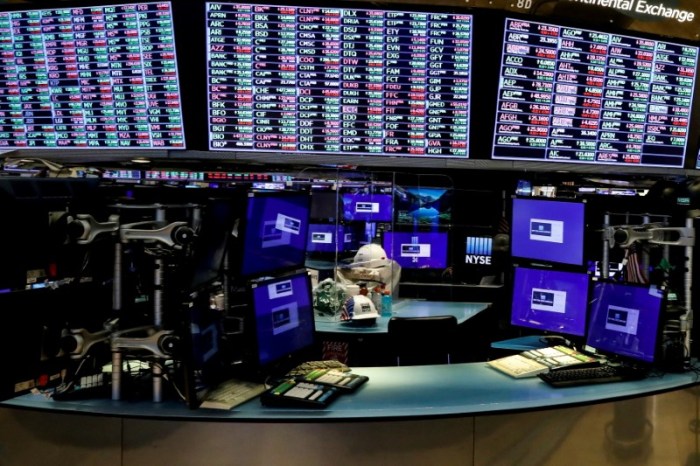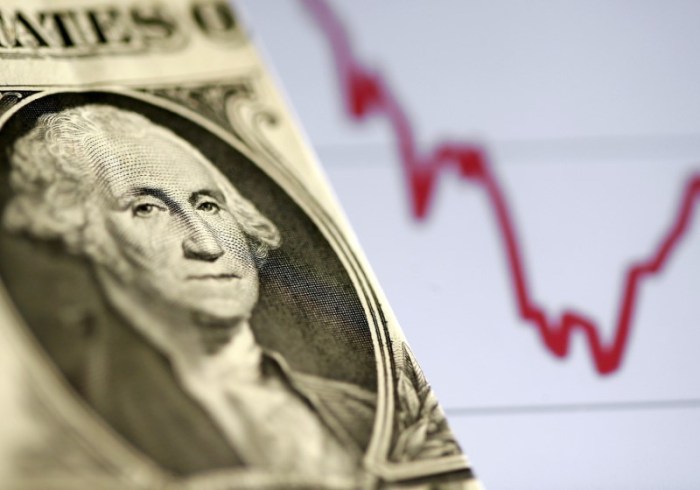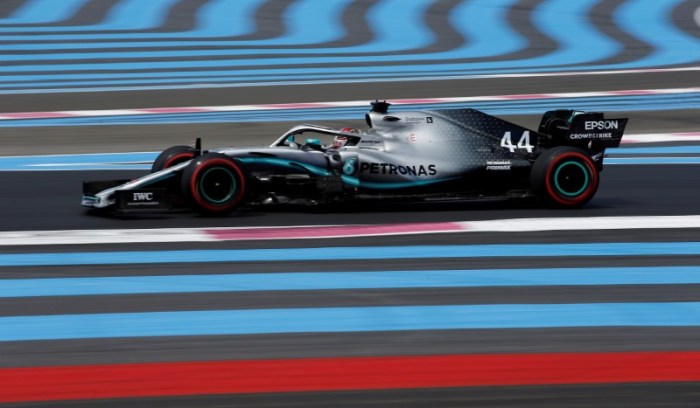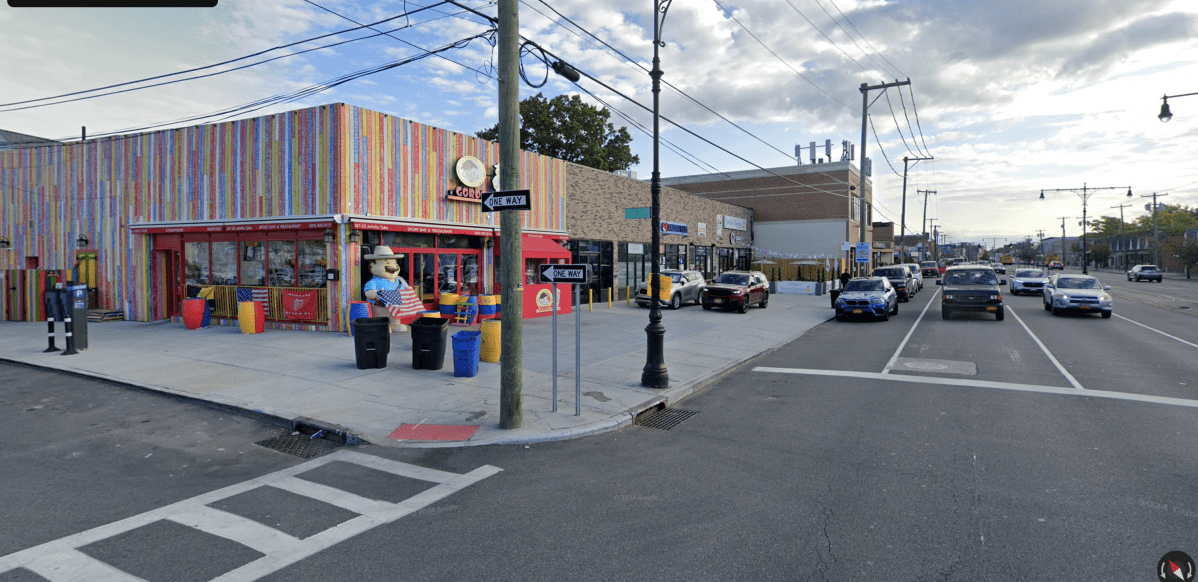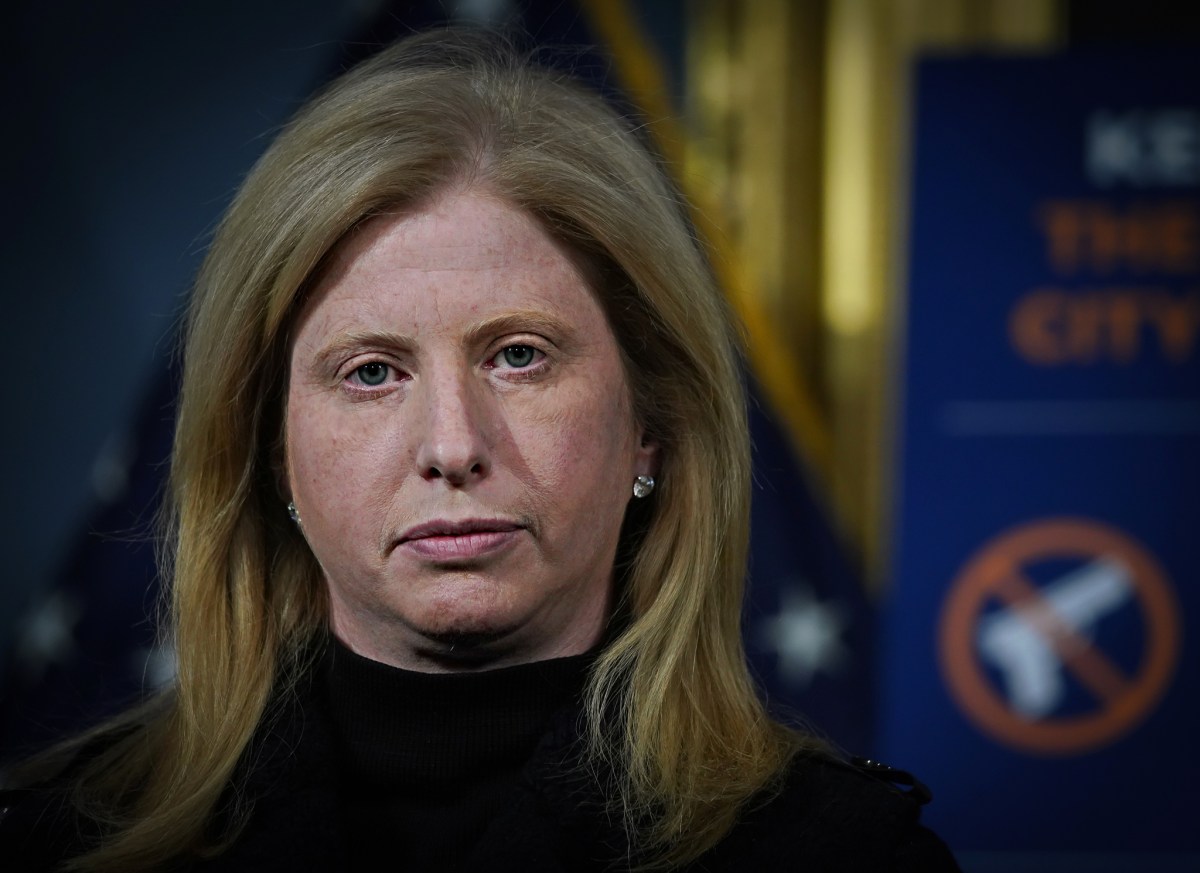LIMA/CHUGUR, Peru (Reuters) – As a boy in Peru’s rural north, Pedro Castillo would help collect and crush cane on his parents’ small farm. Now he is on the cusp of the presidency, a surprise and abrupt rise to power, propelled by the same rural voters he grew up alongside.
The former teacher and union leader looks set to be named president-elect, a wild card candidate from a Marxist left-wing party who has divided Peruvians and rattled the Andean country’s political establishment, copper mining firms, and markets.
The 51-year-old claimed victory in Peru’s presidential election Tuesday after the run-off vote count concluded, although right-wing rival Keiko Fujimori is vowing to contest the result and the electoral body has yet to confirm him as the winner. At the end of the official count, Castillo was 44,058 votes ahead of Fujimori.
“Now is the time for the Peruvian people to unite, to launch a fight not only against the pandemic, but also other ‘pandemics’ that have occurred in the last 30 years,” Castillo told cheering supporters from a balcony on Tuesday.
He posted a picture of himself with arms raised and the word ‘President’ in large font on Twitter, adding, “A new time has begun.”
His rise has been driven by widespread disillusion with traditional political parties and increasing poverty in the country of some 33 million people, which made significant development advances in recent years but was hammered by the world’s deadliest coronavirus outbreak.
“Never again a poor man in a rich country!” was a regular refrain at his rallies, when he often wore a wide-brimmed Andean hat, sometimes danced and carried a huge inflatable pencil – the symbol of his party and echo of his background in education.
Castillo has pledged to redraft Peru’s constitution to strengthen the role of the state, take a far larger portion of profits from mining firms who he says have “plundered” the country and has – at times – threatened to nationalize key industries.
“We must nationalize the Camisea Gas project, the gold, the silver, the uranium, the copper, the lithium that has just been handed to other countries, it has to be for Peruvians,” he said in April in his home region of Cajamarca.
More recently he has softened his rhetoric, saying on Tuesday that he “would guarantee a stable economy, respecting private property and respecting private investment.”
In an interview after the election, a key economic adviser, Pedro Francke, told Reuters that as president Castillo would avoid “massive interventions,” although hikes to mining taxes were necessary to fund social reforms.
Analysts and investors say a fragmented congress will likely limit his power to make abrupt economic changes.
But critics still fear his plans will shake Peru’s political and economic foundations after more than three decades of market-friendly policy that have made Peru a relative safe-haven in volatile Latin America.
‘JEHOVAH MY SHEPHERD’
Many are still trying to decipher the candidate who caught everyone off-guard when he won the April first-round vote.
Castillo achieved local fame as the leader of a long teachers’ strike in 2017. He lives in the small town of Chugur with his wife Lilia Paredes, also a teacher, and has three children.
It was in his home district where the leftist voted and where he hosted media at a breakfast with family members, many wearing the same distinct pale, broad-rimmed hat and breaking bread together.
The scene was framed by a backdrop of colorful drapes, reflecting his Andean heritage. A religious poster read, in English, “Jehovah is my shepherd,” a hint at Castillo’s conservative values that sit with his socialist credentials.
“We are made with Christian and moral values and there is no place for things beyond that,” Raul Oblitas, a nephew of Castillo, told Reuters outside the presidential candidate’s simple adobe house in Chugur.
Oblitas spoke at length about Castillo’s background in education and his fight for teachers’ rights as being an important milestone in his political development. He said Castillo was not driven by money, nor was he looking to set up a communist-style government as some have claimed.
Instead, he wanted to break down geographical and racial divides that had meant Peru’s rural communities had been left behind as major cities like capital Lima reaped the main benefits from decades of mining-driven growth.
“The forgotten classes are now finding shelter in the proposals of Professor Pedro Castillo. Why? Because he represents the people. Pedro Castillo is a common teacher like anyone else, he is a peasant,” said Oblitas.
Castillo’s likely new home will be rather different to his old: the Government Palace of Lima, also called Casa de Pizarro, named after the Spanish conquistador Francisco Pizarro Gonzalez who some 500 years ago conquered the indigenous leader Atahualpa in Cajamarca.
‘WILL OF THE PEOPLE’
Castillo entered politics in 2002 when he unsuccessfully ran for mayor for the centrist Possible Peru party of former president Alejandro Toledo.
Only in 2020 did Castillo join with his current Peru Libre party, founded by former governor and doctor Vladimir Cerron, a Marxist-Leninist admirer of Cuba, Venezuela and Bolivia who was blocked from running himself due to past corruption charges.
Castillo has sought to maintain distance from Cerron. “Here the decisions are made by Castillo. Senor Cerron is legally impeded and you won’t even see him as a doorman in any institution of state,” he said during the campaign.
Castillo, who arrived on horseback to vote in the first round ballot, remains firm on the need to redistribute wealth and his conservative social views, including opposing abortion.
That has helped win voters like Jose Diez Dias, 75, in Plaza de Chota in Cajamarca.
“He’s known as a teacher and he has been a good person,” he said. “We are going hungry and we have to support Peruvians.”
(Reporting by Marco Aquino and Marcelo Rochabrun; Editing by Adam Jourdan, Diane Craft and Rosalba O’Brien)






